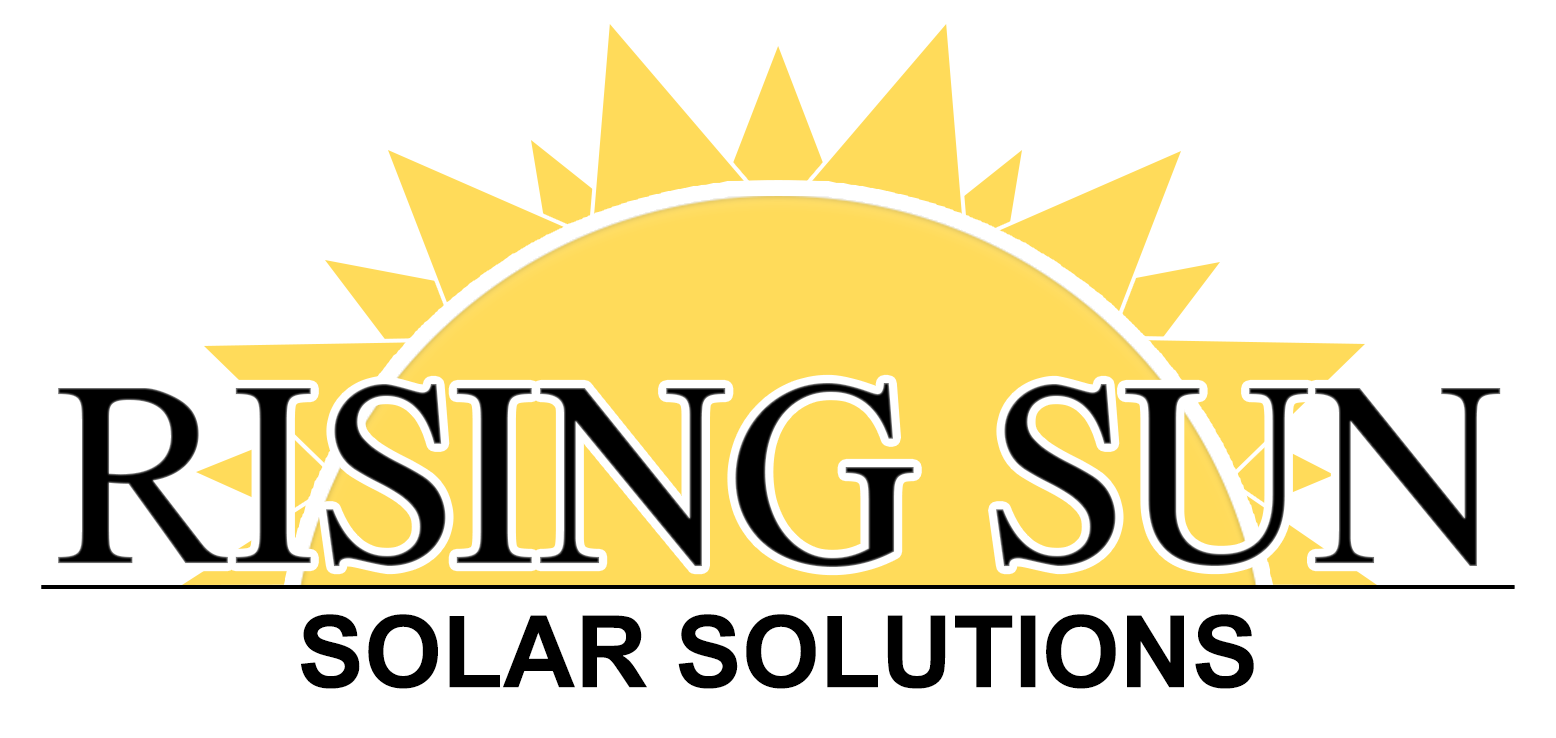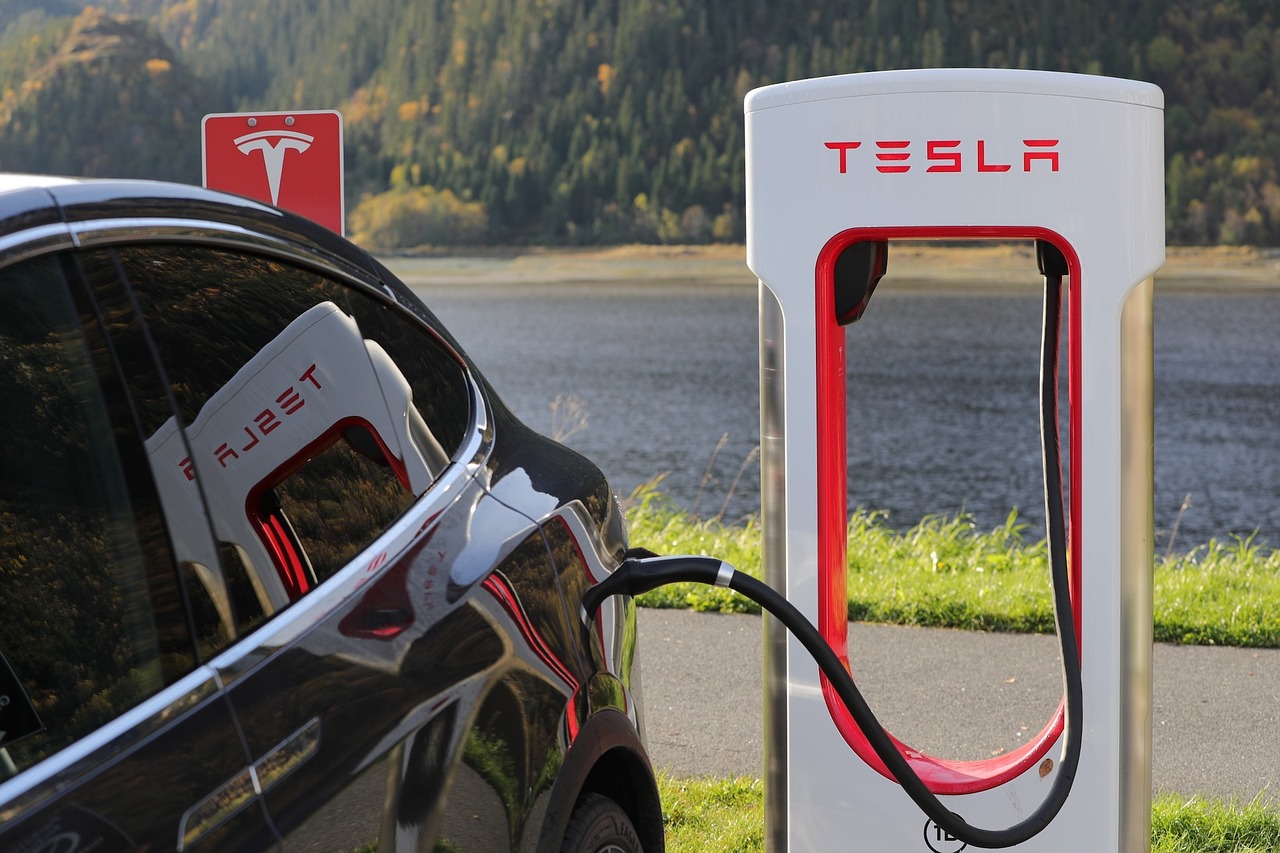The rise of solar energy goes hand-in-hand with the increase in electric vehicles (EVs). This means that many people who own a Tesla are also looking for ways to charge them using the power of the sun.
If you are one of the millions of people who own a Tesla, then you should also consider installing solar panels on your home.
Charging your Tesla with solar power offers a convenient and cost-effective solution to keep your car battery full.
But how feasible is it to power your Tesla with solar panels, and what do you need to get started? In this article, we’ll dive into the essential questions surrounding this innovative approach.
Can You Charge Your Tesla with Solar?
Yes, you can absolutely charge your Tesla with solar power! Solar panels harness the energy of the sun, convert it into electricity, and then supply it to your home or EV. Once your solar panels are installed, you can use the energy they generate to charge your Tesla, either directly during sunny hours or indirectly by storing power in a solar battery for use at night.
The process works in tandem with the electric grid. During daylight hours, your solar panels generate electricity, which can be used to charge your Tesla or sent back to the grid for credits, depending on your energy provider’s net metering policy. At night, or when solar generation is low, your Tesla can still charge using stored solar energy from a battery backup or pull power from the grid if necessary.
How Many Solar Panels Do You Need to Charge a Tesla?
The number of solar panels you need depends on several factors, including the size of your Tesla’s battery, your driving habits, and how much sunlight your panels receive. On average, Tesla models require around 50 to 100 kWh (kilowatt-hours) of energy to charge fully, depending on the specific model and battery size.
Here’s a breakdown of how to calculate the number of panels you’ll need:
1. Tesla Battery Size: A Tesla Model 3, for example, has a battery size ranging from 50 kWh to 82 kWh, while a Model S Long Range has a 100 kWh battery.
2. Daily Driving Needs: The average U.S. driver covers about 39.7 miles per day. Tesla vehicles typically use about 0.25 to 0.3 kWh per mile. So, if you drive 39 miles per day, your Tesla would consume about 9 to 11 kWh of energy per day.
3. Solar Panel Output: A typical residential solar panel generates around 1.5 kWh to 2 kWh per day, depending on the climate and sunlight exposure.
Using this data, if you need 11 kWh per day to charge your Tesla, you’ll require around 6-8 solar panels to generate enough electricity. If you drive more frequently or own a Tesla with a larger battery, you may need additional panels to meet your energy demands.
What Does It Cost to Charge a Tesla with Solar?
The cost to charge a Tesla with solar energy largely depends on the upfront investment in solar panels and other related equipment, such as inverters, charge controllers, and potentially a solar battery storage system. Here’s a closer look at the costs involved:
1. Solar Panel Installation: The average cost of installing solar panels in the U.S. ranges between $8,500 to $30,500 before any tax credits or incentives. However, with federal and state incentives like the Solar Investment Tax Credit (ITC), you can save up to 30% on installation costs, bringing down the overall expense significantly.
2. Cost per Charge: Once the solar panels are installed, the cost to charge your Tesla is essentially free, aside from minimal maintenance and potential inverter replacements. The solar panels will generate electricity that can be used to power your home, charge your Tesla, and even sell excess power back to the grid.
3. Electricity Savings: Without solar panels, the cost to charge a Tesla using grid electricity is about $14 for a full charge, depending on local electricity rates. By using solar energy, you eliminate these costs entirely, reducing your energy bills.
While there’s a significant initial investment in solar, the long-term savings—both in terms of electricity and fuel costs—can be substantial. Solar panels typically last 25-30 years, offering decades of free energy for both your home and your EV.
How Much Energy Does It Take to Charge a Tesla?
The amount of energy needed to charge your Tesla depends on the model and battery size. On average, Tesla batteries range from 50 kWh to 100 kWh, with the following typical energy requirements:
– Tesla Model 3: Between 50-82 kWh for a full charge, with around 4 miles per kWh.
– Tesla Model Y: About 75 kWh, delivering around 4 miles per kWh.
– Tesla Model S: 100 kWh for a full charge, delivering 3-4 miles per kWh.
– Tesla Model X: Around 100 kWh, with 3 miles per kWh.
To put it in perspective, a full charge for a Tesla Model 3 (50 kWh battery) could power the vehicle for approximately 250 miles, while the larger 100 kWh battery in a Model S would offer about 350 miles of driving range.
Given that the average U.S. household consumes roughly 30 kWh of electricity per day, a full charge of a Tesla Model S or X would require over three days’ worth of typical household electricity usage. This is why installing solar panels designed to meet both home and EV charging needs is essential to avoid over-reliance on the grid.
Use Your Solar Energy for Tesla Charging Today
Charging your Tesla with solar energy is a smart, eco-friendly choice that offers long-term financial and environmental benefits. While the initial costs of installing solar panels may seem steep, the investment pays off over time as you save on both home electricity and Tesla charging costs. Additionally, solar panels allow you to capitalize on renewable energy and potentially sell excess electricity back to the grid, creating a sustainable and cost-effective solution.
Get started using solar energy for Tesla charging by contacting Rising Sun Solar Solutions today. We offer professional solar panel installation as well as seamless EV charging port connection.


